A NEW drive by motorsport bosses to make the sport more racially diverse led by Lewis Hamilton has been backed by campaigners.
The Motorsport UK governing body held a conference in November in Bicester, Oxfordshire, to discuss the lack of BAME people employed in the sport.
Its Racial Diversity Sub Committee has created a series of recommendations drawn from the findings of the Hamilton Commission, set up by the seven-time Formula One world champion.
The Commission has called for scholarship programmes to enable graduates to progress into specialist motorsport roles, expanded F1 and motorsport apprenticeships and creating a diversity and inclusion charter.
Arun Kang OBE, chief executive of charity Sporting Equals, told Eastern Eye: "It's encouraging to see Motorsport UK creating a space to discuss and derive outcomes with their Driving Forward Racial Diversity in Motorsport conference post The Hamilton Commission.
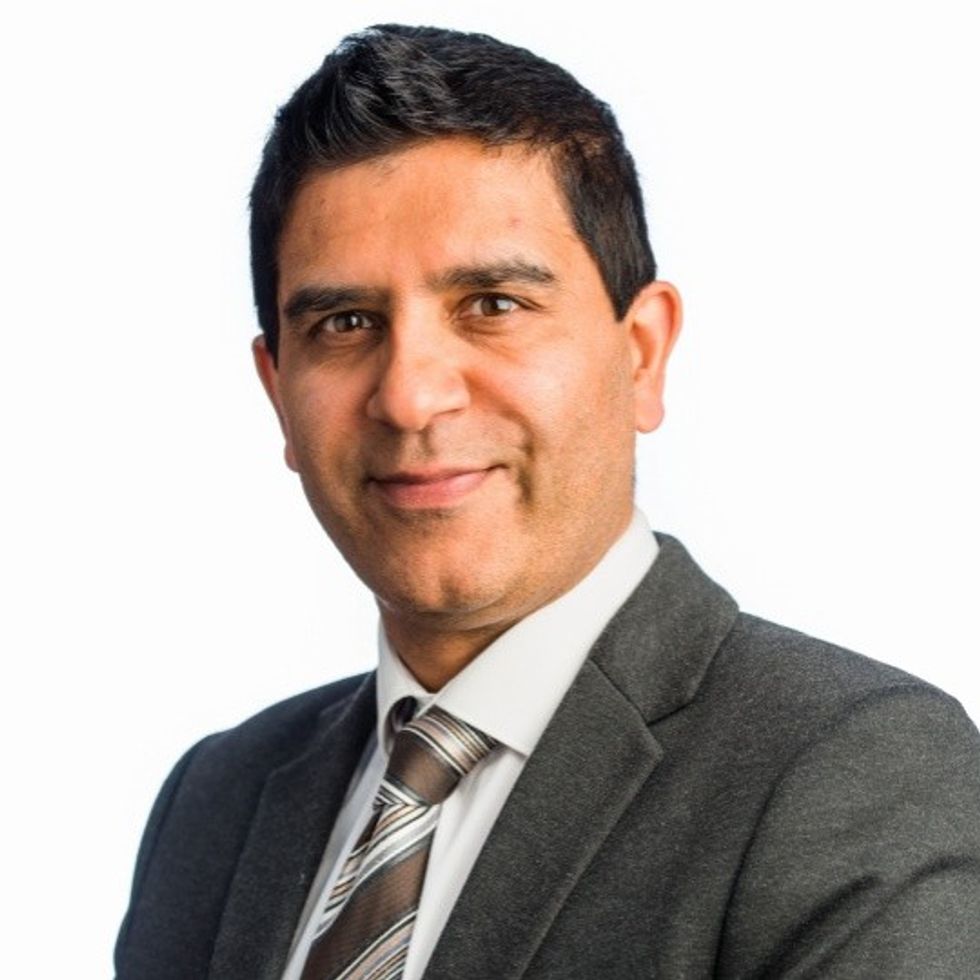
"It is imperative that we not lose sight of the original findings and suggestions for improved outcomes for young Black people who should feel equally and equitably enabled to engage in motorsport.
"The three key recommendations from The Hamilton Commission were support and empowerment, accountability and measurement and inspiration and engagement. Sporting Equals has continuously advocated for diversity of leadership at an executive/decision-maker level to ensure that the support and empowerment measures are being reflected and discussed from a lived experiences perspective."
Sporting Equals recently completed its second module of learning for its LeaderBoard Academy which seeks to equip BAME communities with skills to take up senior roles in sport and physical activity.
The charity also launched a Race Representation Index which will seek to hold sporting national governing bodies and premier clubs to account regarding pledges and statements made during the Black Lives Matters protests in 2020 to improve racial equality.
Kang added: "Having diverse leadership allows for empathy and awareness of specific community nuances to be in-built from the most senior standpoint which would then be felt through more welcoming policies and practices; we hope that such views and initiatives would be discussed as ways to improve racial diversity in motorsport.
"It is important that moving forward Motorsport UK continue to reflect on community voices and lived experiences. However, they must also work to create meaningful actions as a result of this learning and engage in best practices and resolutions that are advised by organisations who have the support of ethnically diverse communities and indeed the direct service users they seek to engage."
Among the drivers of South Asian origin in motorsport have been Narain Karthikeyan who was the first Formula One driver from India, Karun Chandhok who raced for Hispania Racing in 2010 and Adam Khan who represented Pakistan in A1GP.
Sky Sports pundit Chandhok, who attended the diversity conference, said: "There is clearly lot of things around education, the way we go about recruiting people into the sport.
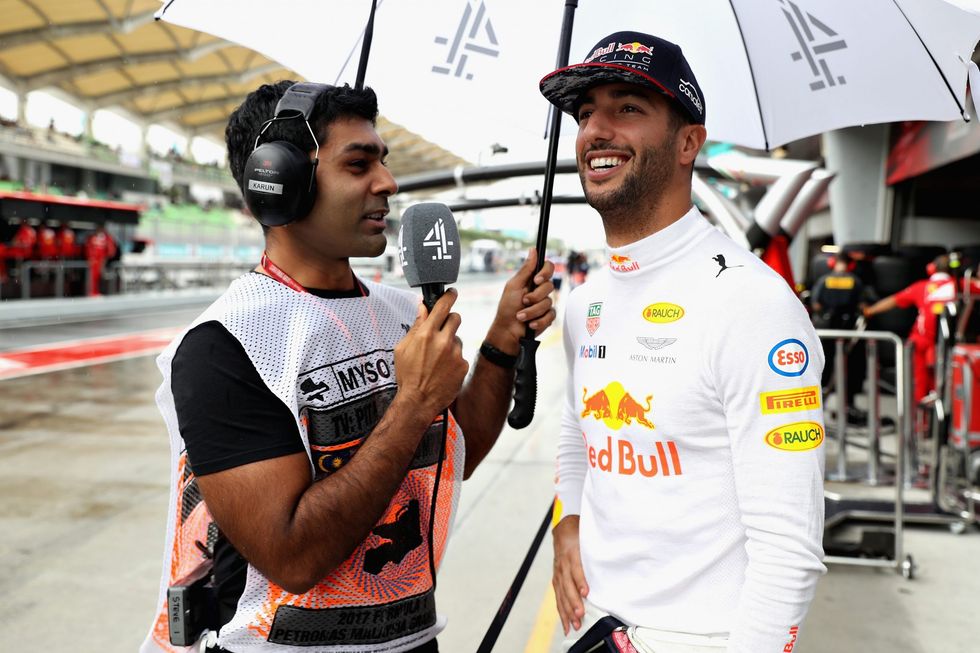
"It's one thing to talk about diversity of drivers. Drivers are only 20 people on the grid, you're looking at thousands of others mechanics, engineers, legal, marketing, television.
"Looking at how we include those people in and to create a programme."
British Asian driver Enaam Ahmed, the 2017 British F3 champion, backed Hamilton's diversity campaign last year and said motor racing
is "twenty years behind every other sport" on the issue.
The move by F1 bosses comes at a time when sport is under the spotlight over racism and diversity problems.
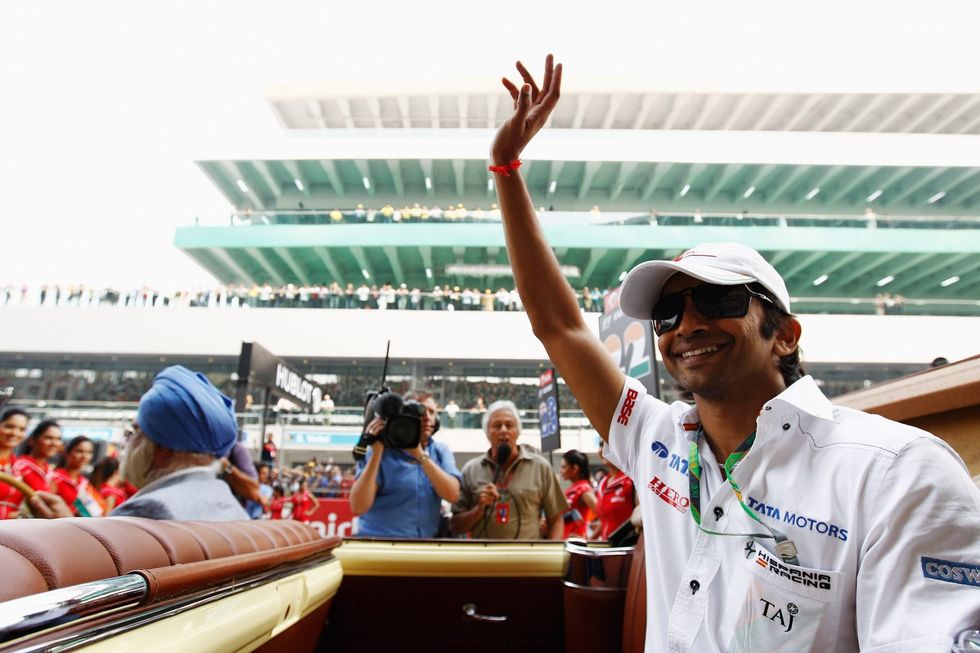
In cricket, at least 16 staff have left Yorkshire county cricket club following the Azeem Rafiq racism scandal. In December, Yorkshire's director of cricket Martyn Moxon and head coach Andrew Gale left Yorkshire along with the their entire coaching team.
Last month, the England and Wales Cricket Board (ECB) unveiled a 12-point plan to tackle racism and all forms of discrimination following Rafiq's testimony in a parliamentary hearing where he revealed he suffered racism, abuse, and bullying while at the county.
A new anti-discrimination unit will be formed at the ECB within six months and England's cricketing governing body has pledged £25 million of funding over five years to implement changes.
Meanwhile, recent research commissioned by the London Lions basketball team found that 44 per cent of people in BAME communities were unaware of career opportunities and progression within sport.
Some 57 per cent of ethnic minority individuals were not made aware of work opportunities in sports at school while 38% said they would like to work in the management field of sport but have no professional or community support.
Dr Mohammad Alramahi, chair of the University of Bedfordshire’s Race Equality Network, told Eastern Eye: “The UK is an ethnically diverse society. However, ethnic diversity gaps are seen in many key industries and leadership roles across the sector.
"This is one reason why initiatives like “Driving Forward Racial Diversity in Motorsport“ is not only timely but also welcomed.
"Following Yorkshire County Cricket Club racism scandal, in many sports, racism can be a barrier to participation in sports.
"This can be because people have experienced discrimination in other aspects of their lives, including at school, at work or in the general public arena and expect that it might also occur within a sporting context."














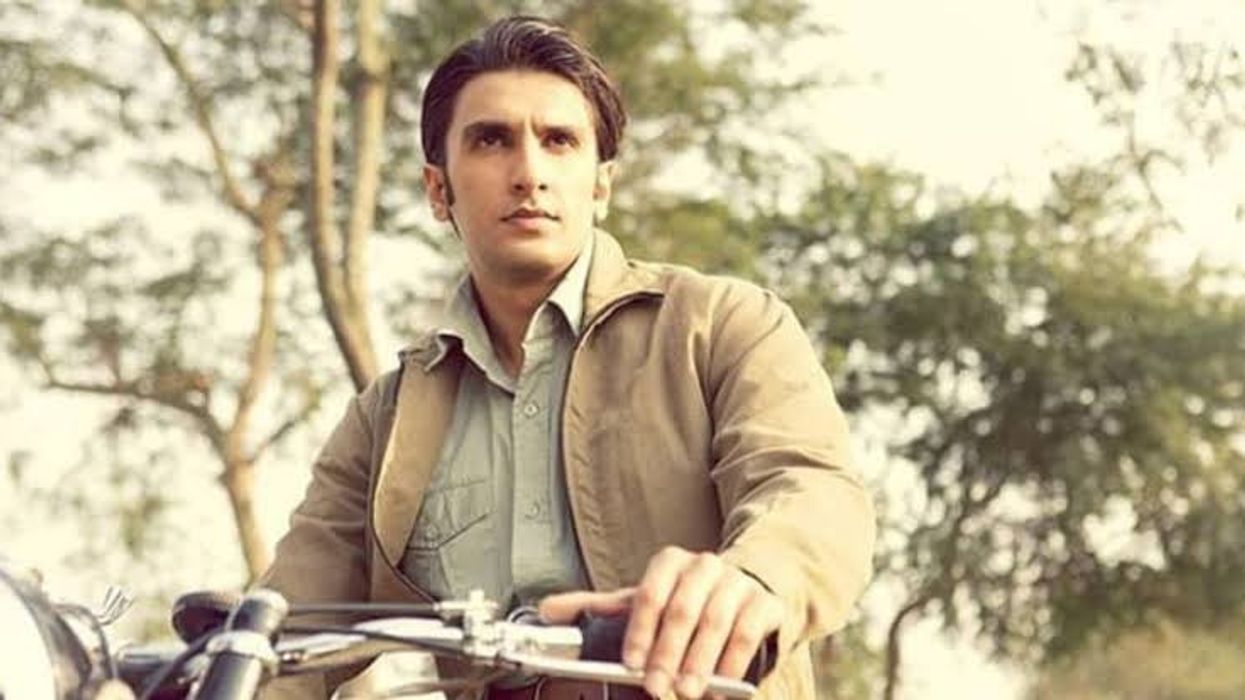
 Lootera released in 2013 and marked a stylistic shift for Ranveer Singh Prime Video
Lootera released in 2013 and marked a stylistic shift for Ranveer Singh Prime Video 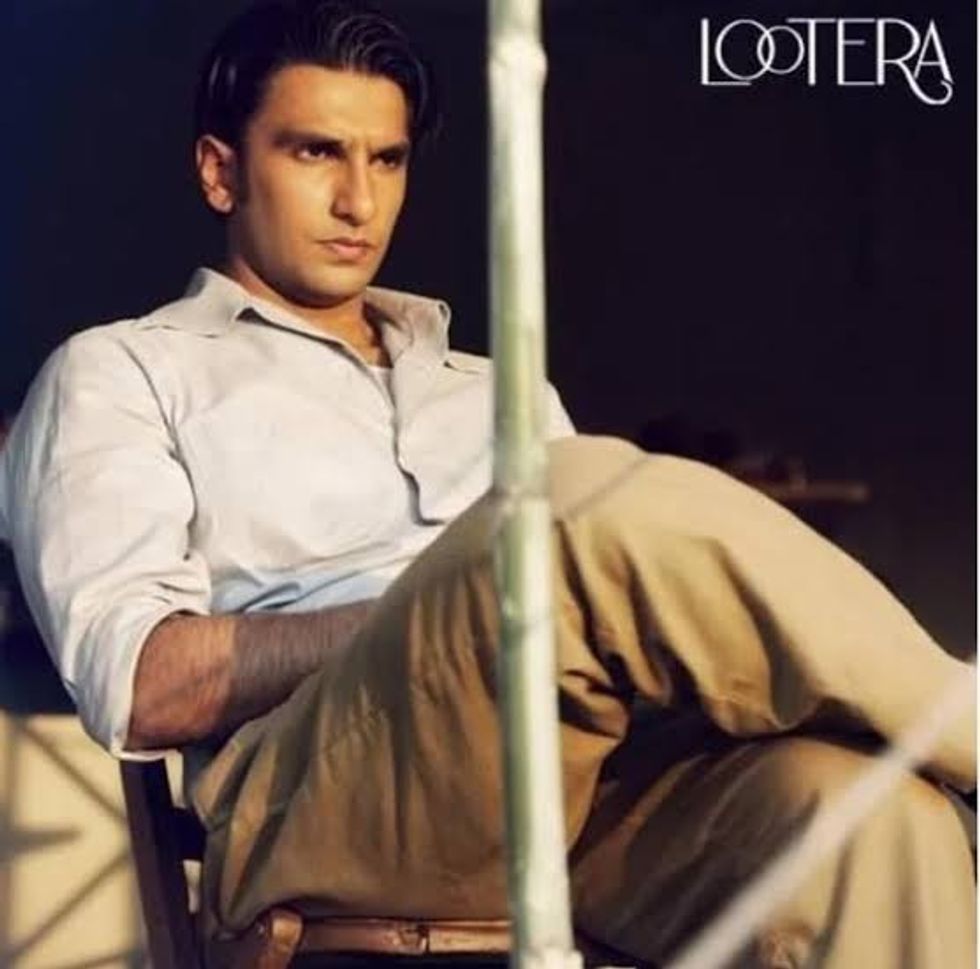 Ranveer Singh’s role as Varun showed he could command the screen without saying much
Ranveer Singh’s role as Varun showed he could command the screen without saying much The period romance Lootera became a turning point in Ranveer Singh’s career
The period romance Lootera became a turning point in Ranveer Singh’s career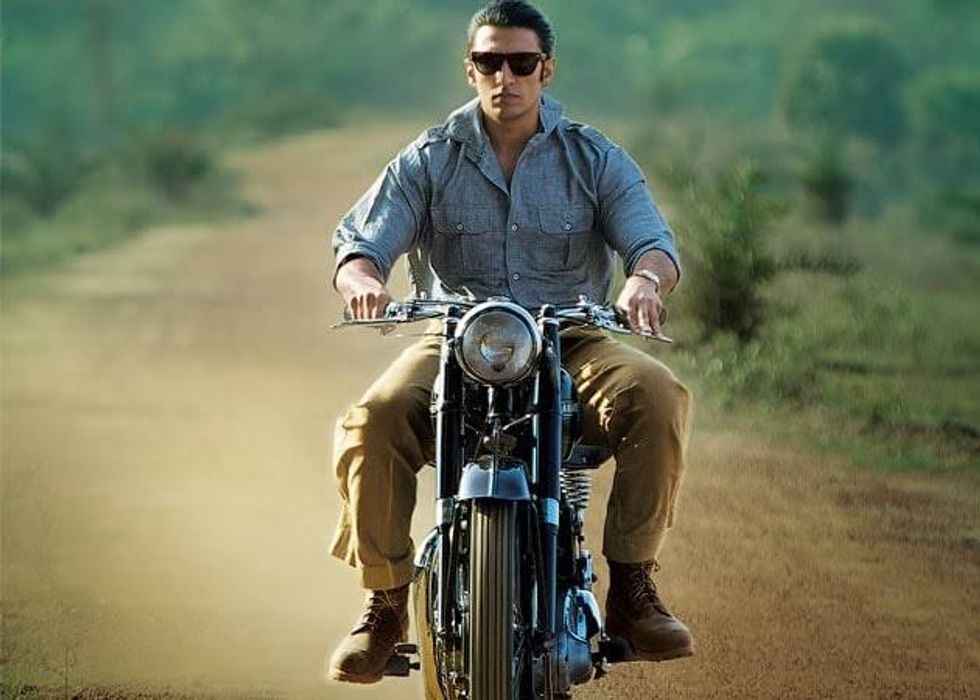 Ranveer Singh’s performance in Lootera was praised for its emotional restraint
Ranveer Singh’s performance in Lootera was praised for its emotional restraint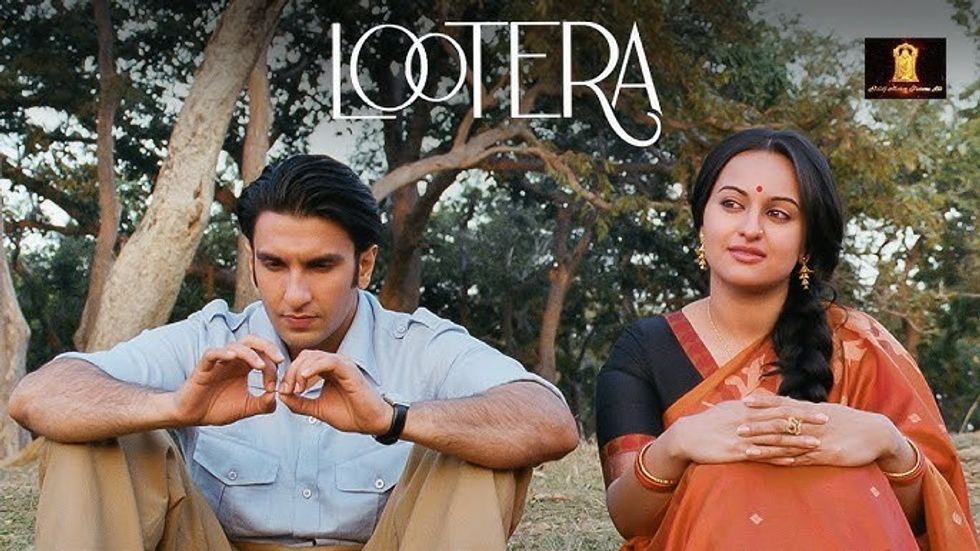 Ranveer Singh and Sonakshi Sinha starred in the romantic drama set in 1950s BengalYoutube/Altt Balaji Motion Pictures
Ranveer Singh and Sonakshi Sinha starred in the romantic drama set in 1950s BengalYoutube/Altt Balaji Motion Pictures  Lootera’s legacy has grown over the years despite its modest box office runYoutube/Altt Balaji Motion Pictures
Lootera’s legacy has grown over the years despite its modest box office runYoutube/Altt Balaji Motion Pictures

